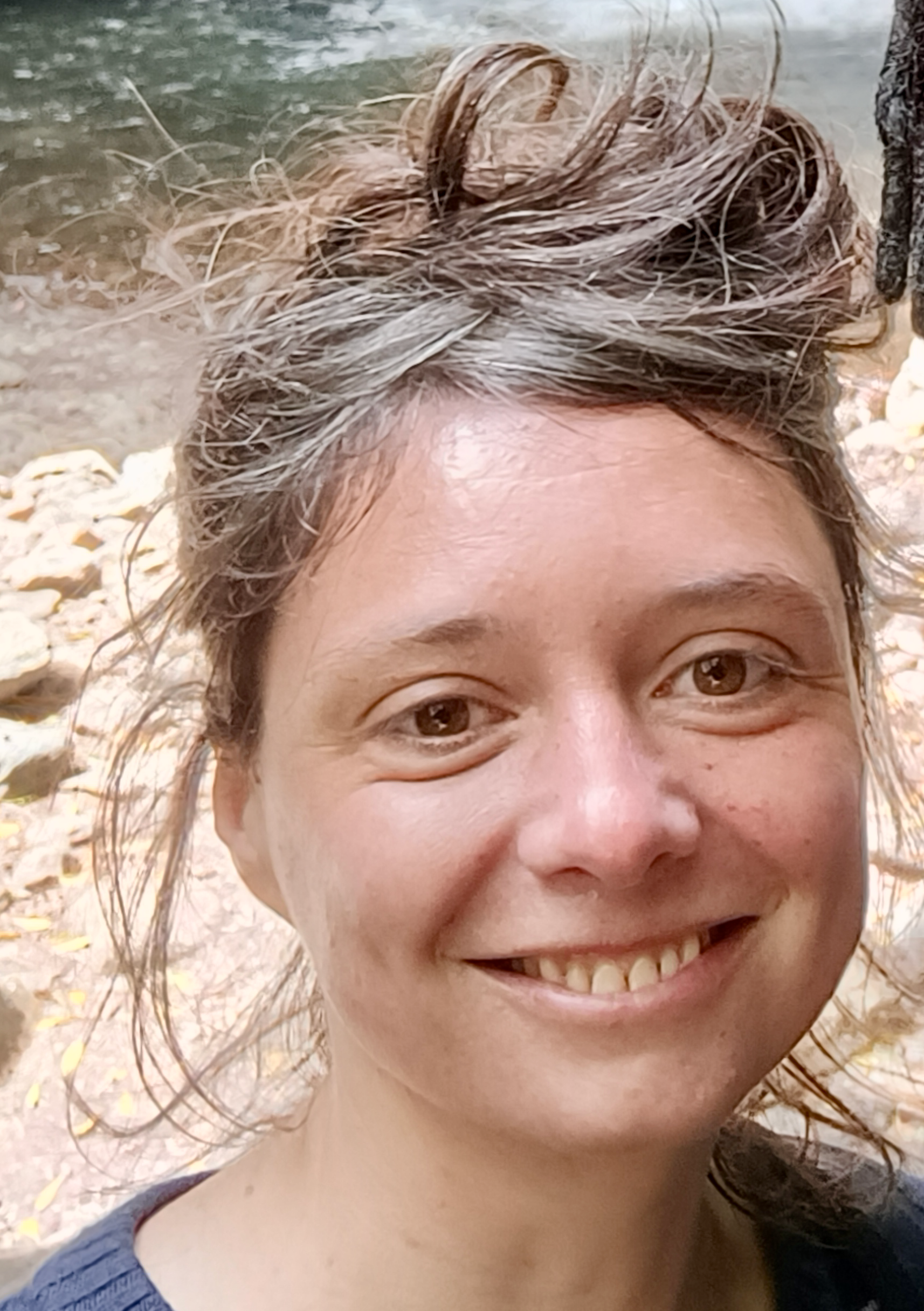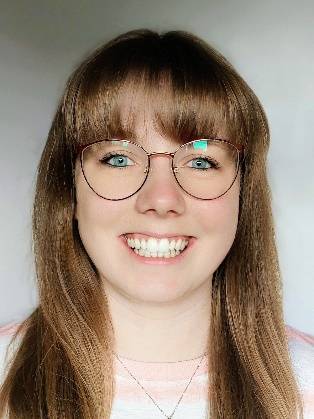Now in its third year, the CoSeC Impact Award was launched in 2020 with three main aims: to be a means of recognising the work of researchers early in their careers who have been, or continue to be, supported by CoSeC; to be a means of raising the awareness of the communities supported through CoSeC1; and to be a means of acquiring evidence of the impact of CoSeC and the communities it supports in science.
Thanks again to the generous support of NAG (the Numerical Algorithms Group) the prizes include vouchers to the value of £250 for this year's two joint winners: Claire Delplancke and Catherine Disney - Congratulations!
 Dr. Claire Delplancke (Research Associate in the Department of Mathematical Sciences, University of Bath)
Dr. Claire Delplancke (Research Associate in the Department of Mathematical Sciences, University of Bath)
"As an applied mathematician, I work on translational research from the Imaging Science field to the Medical Imaging field, with a focus on Positron Emission Tomography (PET). PET is a functional imagery technique which permits to reconstruct a map of activity in the body, making it relevant for the detection of tumours. The goal of my research, which relies on open-source software from CCP SyneRBI2 and CCP Tomographic Imaging3, is to bring advanced reconstruction algorithms from the Imaging Science field to PET clinical practitioners. Down the line, we hope to improve the diagnosis of tumours in cases which are difficult to diagnose with the current techniques, and to localise them more precisely in order to guide surgery. In the next step of my career, I'll join an international electricity company and focus on energy mix optimization."
 Dr. Catherine Disney (Research Fellow in the Department of Mechanical Engineering at University College London)
Dr. Catherine Disney (Research Fellow in the Department of Mechanical Engineering at University College London)
"My research has been to develop in situ x-ray tomography imaging and digital volume correlation (DVC) processing methods to meet the specific needs of tissue biomechanics. DVC is fundamental in the quantitative interpretation of tomography-based in situ experimentation, enabling the measurement of nanoscale strains within intact samples. Such measurements are valuable in quantifying tissue biomechanics since tissue mechanical function is profoundly dependent on microstructural dynamics and mechanobiology-driven pathology occurs within the nanoscale environment. My work has focused on quantifying intervertebral disc microstructural dynamics of collagen fibres using in situ imaging and DVC.
In the future, I would like to lead my own research team and continue developing microstructural-based DVC analysis for tissue biomechanics. My future hopes are to collaborate with mechanobiology groups in applying these methods to investigate disease and degeneration models of soft tissues and to assess the efficacy of new treatments. There are also some exciting challenges ahead for DVC analysis as the next generation of extremely brilliant source synchrotron tomography beamlines emerge, providing scope for larger samples and shorter scan times, paving the way towards more clinically relevant dynamic studies. Finally, I look forward to continuing working with CCPi3 staff to further develop functionality of the iDVC app and help train future users."
1These involve Collaborative Computational Projects (CCPs) and High End Computing Consortia. Read more about them
2CCPSyneRBI
3CCPi
